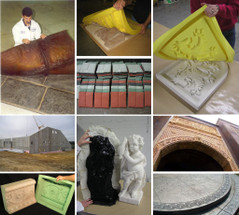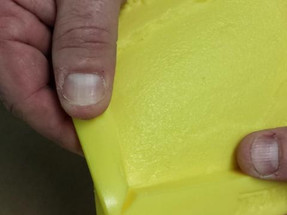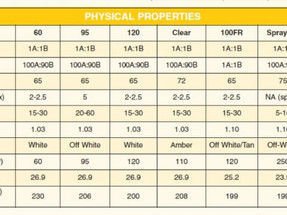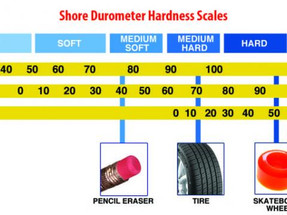
Casting Concrete in Polyurethane vs. Silicone Rubber Molds
Here at Polytek, we often recommend the use of liquid polyurethane rubber to make molds for concrete casting (e.g., concrete tiles...

Here at Polytek, we often recommend the use of liquid polyurethane rubber to make molds for concrete casting (e.g., concrete tiles...

A model, also called a “master”, should be prepared according to the model material & mold material.Models being used to make a pol...

If a tear develops in your polyurethane rubber or silicone rubber mold, one of the following options may help to repa...

We’ve compiled a list detailing the most common reasons that rubber mold making projects go wrong (e.g, uncured materials, incompl...
Out of the entire Polytek® product line-up, platinum-cured silicones (PlatSil® products) are most likely to suffer from cure inhibition...

Our Product Catalog, Website, Technical Bulletins and Physical Property Bulletins are full of technical specifications. They...

When you work with liquid polyurethane and silicone mold rubber on a regular basis, you come to realize that spills can happen and...

Pint and quart-sized metal containers are used to package some of our liquid mold rubbers. This packing option is used be...

Many mold making and casting projects require the use of an appropriate sealer and/or release agent. In the realm of mold...
This step-by-step mold making tutorial shows you how to make a simple, one-piece silicone block mold of a small, decorative object.&nbs...
You’re in the planning stages of your mold making project and you need to decide which rubber is more suitable for your process: polyur...

The hardness of rubber can be measured using Durometer Shore Hardness Scales [Figure 1].Shore Hardness measures the resistance of a material...